April 26, 2018
by Dr. Bill Hudson, Head of School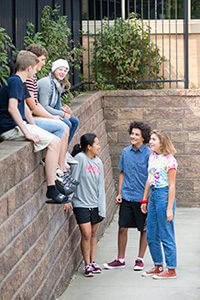
At the dinner table, we have a tradition of sharing our day with one another. Among other topics and questions, we often ask the kids, “What did you like best about your day?” Inevitably, the response is one of three possibilities: phy ed class, lunch, or recess. Obviously, we hope it’s about a riveting discussion about a novel or an exciting discovery during a science experiment. However, as an educator, I am okay with their response. Physical activity, free play, unstructured time, and nutrition are all necessary aspects of a student’s life, no matter the age. This is also true for adults!
In a few weeks, we will gather at the historic JX in Stillwater for our annual Spring Auction. It is our only school-wide community builder solely for the grown-ups in our community and our only fundraising event of the year. The newly opened JX is a beautiful setting with wonderful views and plenty of space for socializing and joy-raising. We will have many items in the silent auction, fun games of chance, and some unique experiences in the live auction. As is our custom, we will end the auction with an opportunity to fund a specific need of the school.
Through this Fund A Need portion of the evening, together over the past several years we’ve raised more than $300,000 to enhance the educational experience of our students. Past projects include the Digital Fabrication Studio (an early iteration of the Makerspace), Virtual Classroom, extensive bathroom renovations, sound, lighting, and seating replacement in the Blackbox Theatre.
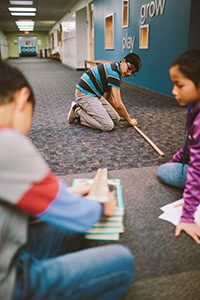 Many Lower and Middle School family and parent events are coming up this spring!
Many Lower and Middle School family and parent events are coming up this spring!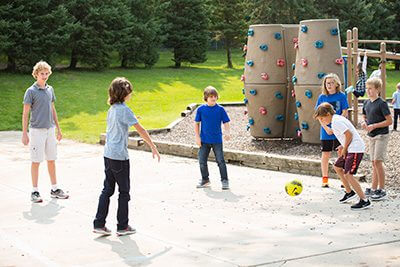 We are excited to announce this year’s Spring Auction Fund A Need! Through our community’s generous support, we will significantly enhance the spaces where our students play and rejuvenate, PreK-12. Our goal is to raise $75,000.
We are excited to announce this year’s Spring Auction Fund A Need! Through our community’s generous support, we will significantly enhance the spaces where our students play and rejuvenate, PreK-12. Our goal is to raise $75,000.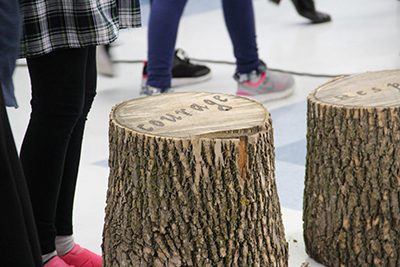 Wednesday’s Lower School CHAMP assembly included a warm reading of “The Hugging Tree” by Mr. Wilson, time to brainstorm ideas about resilience as a division, and a complete surprise unveiling of the newest Peace Garden additions! Upper School student Connor McFarland engraved stumps from tees found fallen with every CHAMP trait to enhance the MPA Peace Garden. Bela Larsen and Jaeden McFarland will be putting the finishing touches on them just in time for spring weather!
Wednesday’s Lower School CHAMP assembly included a warm reading of “The Hugging Tree” by Mr. Wilson, time to brainstorm ideas about resilience as a division, and a complete surprise unveiling of the newest Peace Garden additions! Upper School student Connor McFarland engraved stumps from tees found fallen with every CHAMP trait to enhance the MPA Peace Garden. Bela Larsen and Jaeden McFarland will be putting the finishing touches on them just in time for spring weather!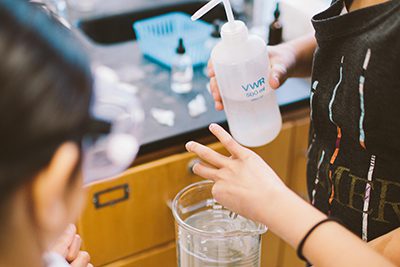 Join us as we celebrate “Screen-Free Week” with MPA Lower School Family Science Night! This hands-on and extremely fun event is sponsored by the MPA Panther Club program, and is on Tuesday, May 1 from 6:30-7:30 PM in the Kreischer gym and cafeteria. Students must be accompanied by an adult to attend the evening full activities! Plus, you do not want to miss the “Magic of Science” presentation with Mr. Purdy!
Join us as we celebrate “Screen-Free Week” with MPA Lower School Family Science Night! This hands-on and extremely fun event is sponsored by the MPA Panther Club program, and is on Tuesday, May 1 from 6:30-7:30 PM in the Kreischer gym and cafeteria. Students must be accompanied by an adult to attend the evening full activities! Plus, you do not want to miss the “Magic of Science” presentation with Mr. Purdy!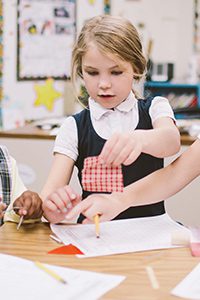 Crochet for Beginners with Ms. Schwieger is coming to Summer At MPA! From June 18-22, campers entering grades 2-5 are welcome to join this hands-on class.
Crochet for Beginners with Ms. Schwieger is coming to Summer At MPA! From June 18-22, campers entering grades 2-5 are welcome to join this hands-on class.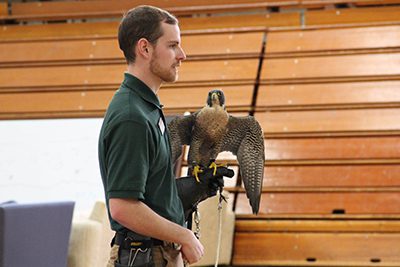 We were blown away by the six-foot wingspans, but our visitors from The Raptor Center were even more blown away by how much Panther Club students know about their local birds!
We were blown away by the six-foot wingspans, but our visitors from The Raptor Center were even more blown away by how much Panther Club students know about their local birds!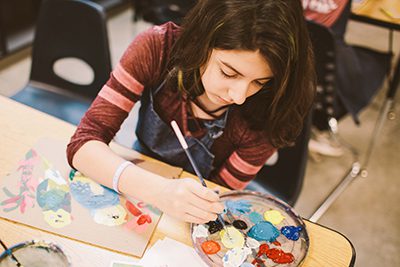 Have your friends and neighbors been asking about MPA? We can’t wait to meet them! Spread the word and invite them to our next admission event, Breakfast at MPA, on April 17 at 8:30 AM! Guests are invited to campus during a regular school day to meet school administrators over a breakfast, tour MPA, and see our community in action.
Have your friends and neighbors been asking about MPA? We can’t wait to meet them! Spread the word and invite them to our next admission event, Breakfast at MPA, on April 17 at 8:30 AM! Guests are invited to campus during a regular school day to meet school administrators over a breakfast, tour MPA, and see our community in action.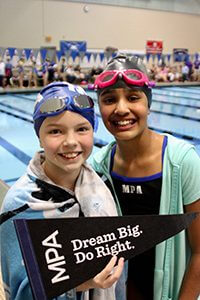 It’s an exciting time to be an aquatic Panther! The MPA Swim Club finished their season at the State competition last night with an abundance of achievements, spirit, and excitement for next year!
It’s an exciting time to be an aquatic Panther! The MPA Swim Club finished their season at the State competition last night with an abundance of achievements, spirit, and excitement for next year!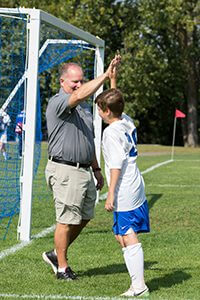 by Dr. Bill Hudson, Head of School
by Dr. Bill Hudson, Head of School